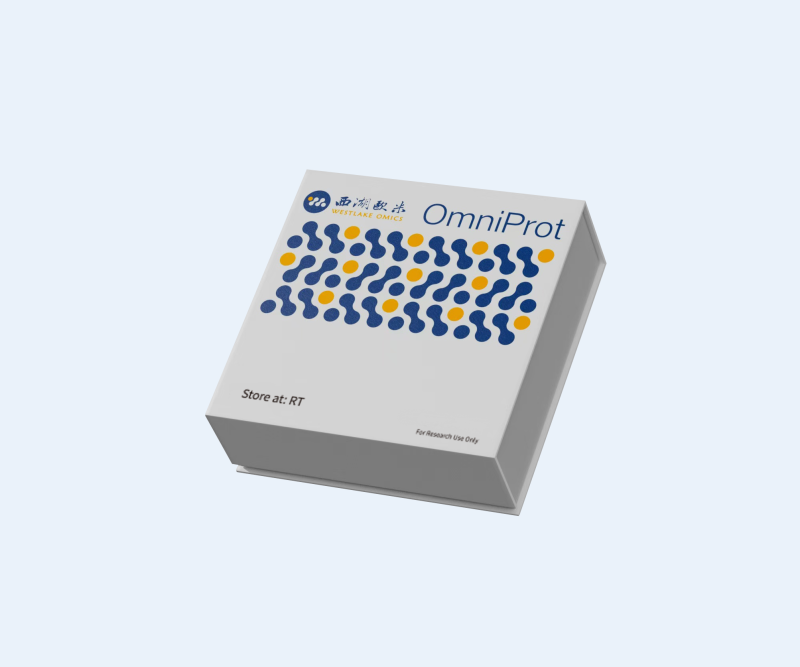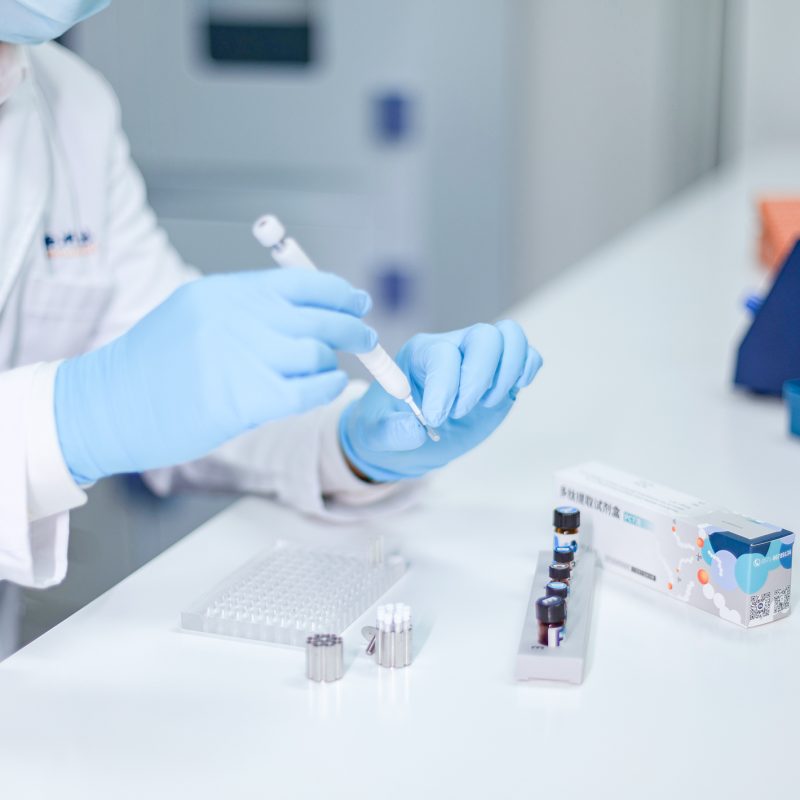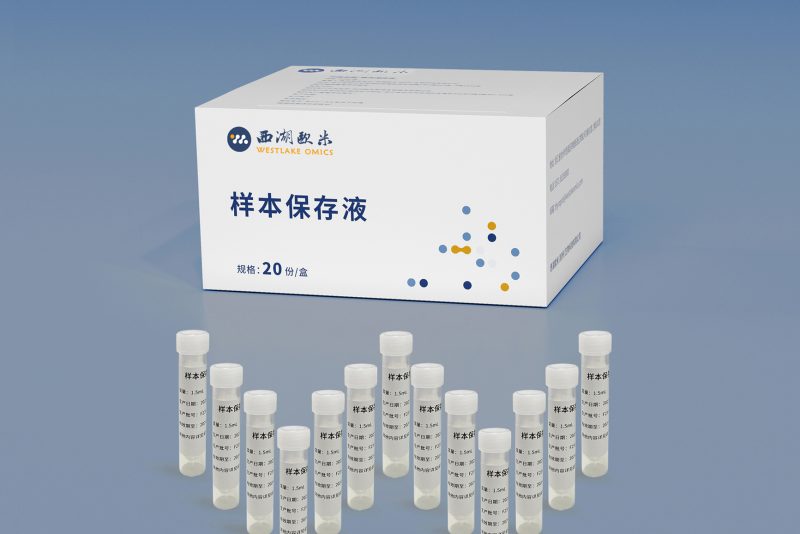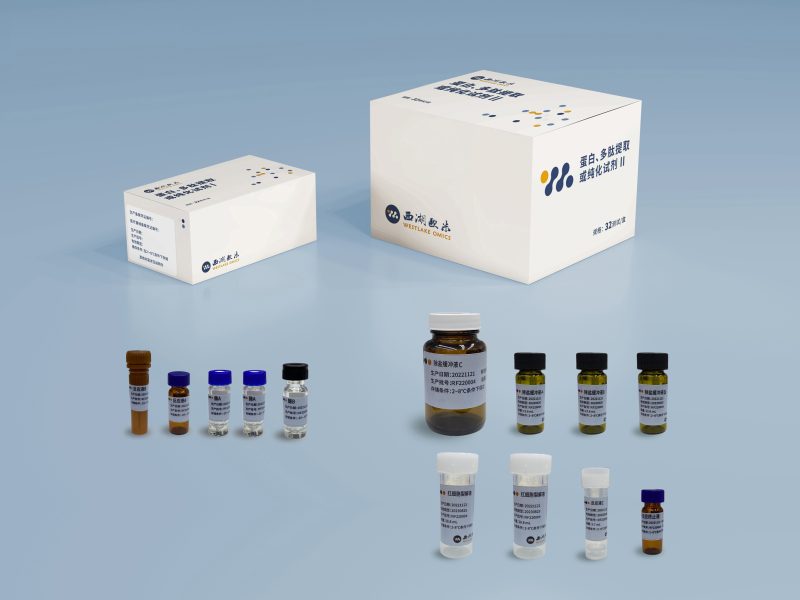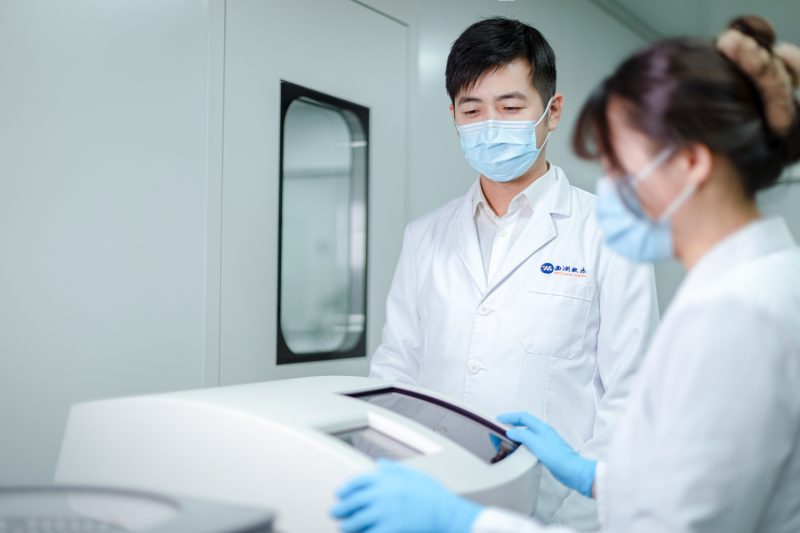Proteomics has evolved from genomics and the successful sequencing and mapping of the genomes of a wide variety of organisms, including humans. Genomics involves reagents, tools and technologies for the high throughput sequencing of DNA and the subsequent storage and annotation of the data. This process is complex and focuses on the information of one target molecule, DNA, in the nucleus of cells. Consequently, there is one genome for each organism.

A small cell contains about 10 billion proteins with their amazing interaction networks.
Genomics involves reagents, tools and technologies for the high throughput sequencing of DNA and the subsequent storage and annotation of the data. This process is complex and focuses on the information of one target molecule, DNA, in the nucleus of cells. Consequently, there is one genome for each organism.
In contrast, proteomics focuses on the identification, localization, and functional analysis of the molecular protein make-up of the cell. The proteins present in a cell, together with their function, sub-cellular location, and perhaps even structure, change dramatically with the organism, and the conditions faced by their host cells including age, checkpoint in the cell cycle, and external or internal signaling events.
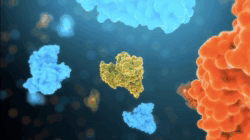
The complete set of proteins within a cell is called the proteome.
Thus, there are many proteomes for each organism and consequently, the quantity and complexity of the data derived from the sequencing and mapping of the human proteome are estimated to be at least three times greater than that involved in the human genome project. Acquiring, analyzing, and interpreting these vast data sets requires a series of well-integrated, high-throughput technologies to lead the researcher from experimental design to biological insights.
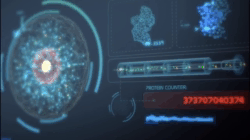
Mass spectrometry is used to generate proteins’ signature "fingerprint" profiles in order to detect and identify different kinds of proteins.
The field of proteomics is particularly important because most diseases are manifested at the level of protein activity. Consequently, proteomics seeks to directly correlate the involvement of specific proteins, protein complexes and their modification status with a given disease state. Such knowledge will provide a fast track for commercialization and will speed up the identification of new drug targets that can be used to diagnose and treat diseases.
Source: produced by the lab of Prof. Dr. Albert Heck at Utrecht University and the Netherlands Proteomics Centre
Proteomics has evolved from genomics and the successful sequencing and mapping of the genomes of a wide variety of organisms, including humans. Genomics involves reagents, tools and technologies for the high throughput sequencing of DNA and the subsequent storage and annotation of the data. This process is complex and focuses on the information of one target molecule, DNA, in the nucleus of cells. Consequently, there is one genome for each organism.

A small cell contains about 10 billion proteins with their amazing interaction networks.
Genomics involves reagents, tools and technologies for the high throughput sequencing of DNA and the subsequent storage and annotation of the data. This process is complex and focuses on the information of one target molecule, DNA, in the nucleus of cells. Consequently, there is one genome for each organism.
In contrast, proteomics focuses on the identification, localization, and functional analysis of the molecular protein make-up of the cell. The proteins present in a cell, together with their function, sub-cellular location, and perhaps even structure, change dramatically with the organism, and the conditions faced by their host cells including age, checkpoint in the cell cycle, and external or internal signaling events.

The complete set of proteins within a cell is called the proteome.
Thus, there are many proteomes for each organism and consequently, the quantity and complexity of the data derived from the sequencing and mapping of the human proteome are estimated to be at least three times greater than that involved in the human genome project. Acquiring, analyzing, and interpreting these vast data sets requires a series of well-integrated, high-throughput technologies to lead the researcher from experimental design to biological insights.

Mass spectrometry is used to generate proteins’ signature "fingerprint" profiles in order to detect and identify different kinds of proteins.
The field of proteomics is particularly important because most diseases are manifested at the level of protein activity. Consequently, proteomics seeks to directly correlate the involvement of specific proteins, protein complexes and their modification status with a given disease state. Such knowledge will provide a fast track for commercialization and will speed up the identification of new drug targets that can be used to diagnose and treat diseases.
Source: produced by the lab of Prof. Dr. Albert Heck at Utrecht University and the Netherlands Proteomics Centre
